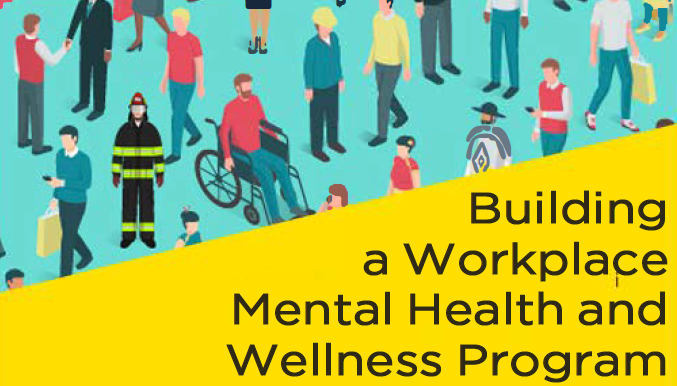WHY IT MATTERS
Addressing employee mental health and well-being is increasingly a top priority for business leaders. Amid rising rates of overdoses and suicides nationwide, taking a proactive approach to caring for the body, the mind, and the spirit benefits everyone. Stress, burnout, addiction, and depression ultimately cost employers billions in productivity and health care related expenses. It’s time to take a human-centered approach to work culture and to prioritize thriving over surviving.
As today’s top talent demands better access to mental health care and innovative strategies to address well-being, executives must showcase tangible solutions. The Kennedy Forum Illinois is uniquely positioned to share best practices with your organization.
HOW COMMON ARE MENTAL HEALTH CONDITIONS?
• Mental health conditions impact 1 in 5 adults in any given year. 1
• Nearly half of all adults will experience a mental health condition during their lifetime. 2
• Only 41{c48ccdf3c73afb47c94c61fa7aae86e62bfbb2e57db984400d0c5994c9d92c5c} of the people who experienced a mental health condition in the past year received treatment. 2
• Suicide as the tenth leading cause of death in the U.S. and the fourth leading cause of death for adults between 18-65.3
• The average delay between onset of mental illness symptoms and treatment is 11 years. 1
EXPERIENCING SYMPTOMS OF NEGATIVE MENTAL HEALTH AT WORK IS THE NORM, NOT THE EXCEPTION.
Based on the Mind Share Partners’ 2019 Mental Health at Work Report:4
• 60{c48ccdf3c73afb47c94c61fa7aae86e62bfbb2e57db984400d0c5994c9d92c5c} of workers experienced symptoms of a mental health condition in the past year. Symptoms were prevalent across levels of seniority.
• 61{c48ccdf3c73afb47c94c61fa7aae86e62bfbb2e57db984400d0c5994c9d92c5c} of workers said their productivity was affected by their mental health.
• 37{c48ccdf3c73afb47c94c61fa7aae86e62bfbb2e57db984400d0c5994c9d92c5c} of workers said their work environment contributed to their symptoms.
THE ECONOMIC COST
• Depression and anxiety cost the global economy $1 trillion a year in productivity.5
• In the US market, the opioid and addiction epidemics cost employers an estimated $78.5 billion a year. 6
• Workers with substance use disorders miss nearly 50{c48ccdf3c73afb47c94c61fa7aae86e62bfbb2e57db984400d0c5994c9d92c5c} more days than their peers. 7
• For every $1 put into scaled up treatment for common mental disorders, there is a return of $4 in improved health and productivity. 5
HOW WE CAN HELP
What are your strengths when it comes to mental health culture and access to care? Where are your opportunities for growth? Based on years of experience working with forward-thinking organizations across the country, we can assess your team’s approach and offerings, and help to structure a framework for improvement.
Workplace Culture
• Help to assemble a strong internal team that can prioritize employee mental health.
• Provide mental health training sessions tailored specifically to your organization. Trainings range from a 1-hour lunch-and-learn session to an 8-hour Mental Health First Aid training session (with certificate).
Health Insurance
• Measure the effectiveness of the organization’s health insurance policy regarding access to mental health and addiction care and provide recommendations for improving coverage.
• Ensure your Employee Assistance Program (EAP) is comprehensive, adequate, and accessible to your employees.
NEXT STEPS
If you’re interested in learning more about this program or have any questions, please contact:
James Burns
The Kennedy Forum
Program Director, Illinois
James@thekennedyforum.org
